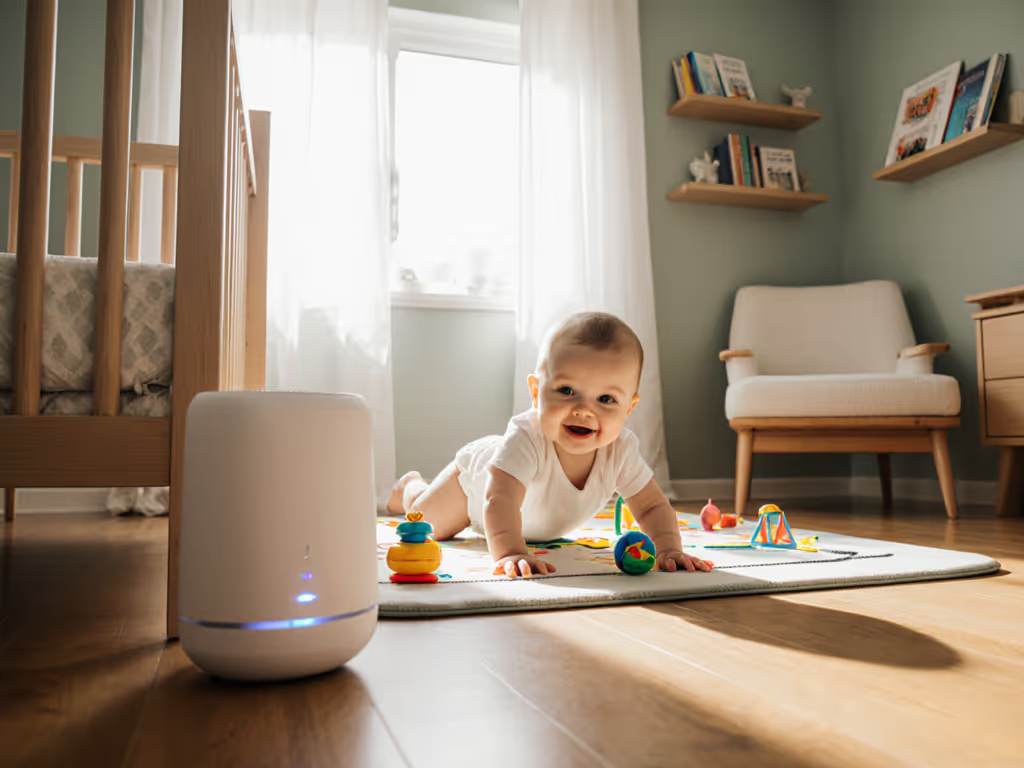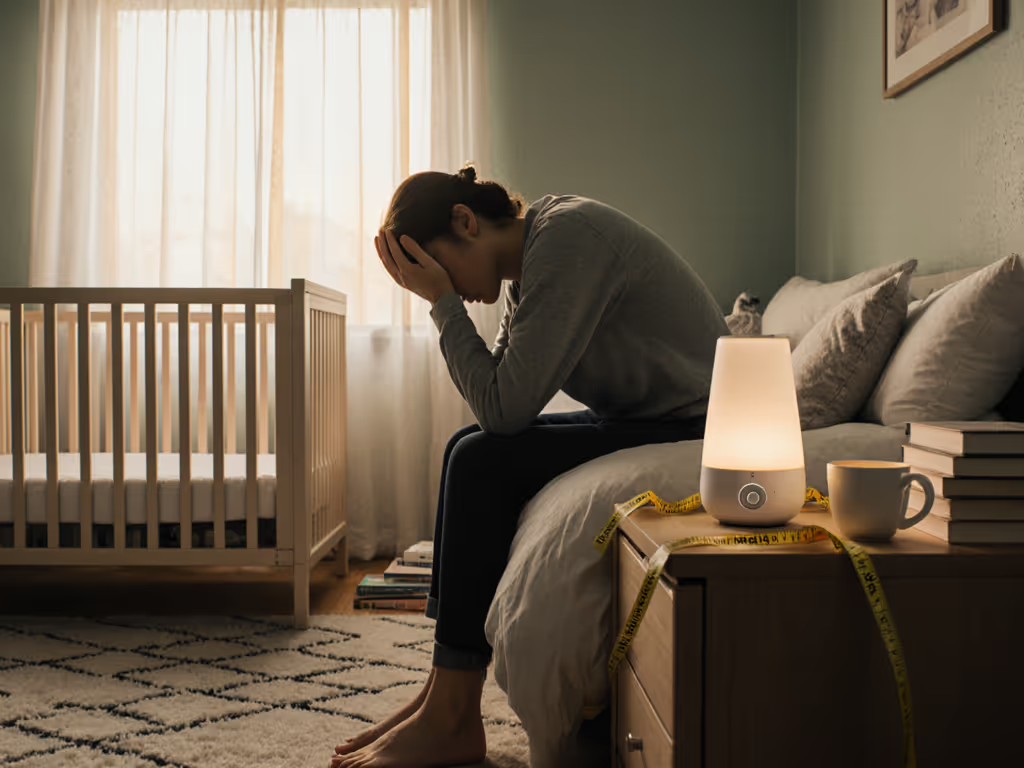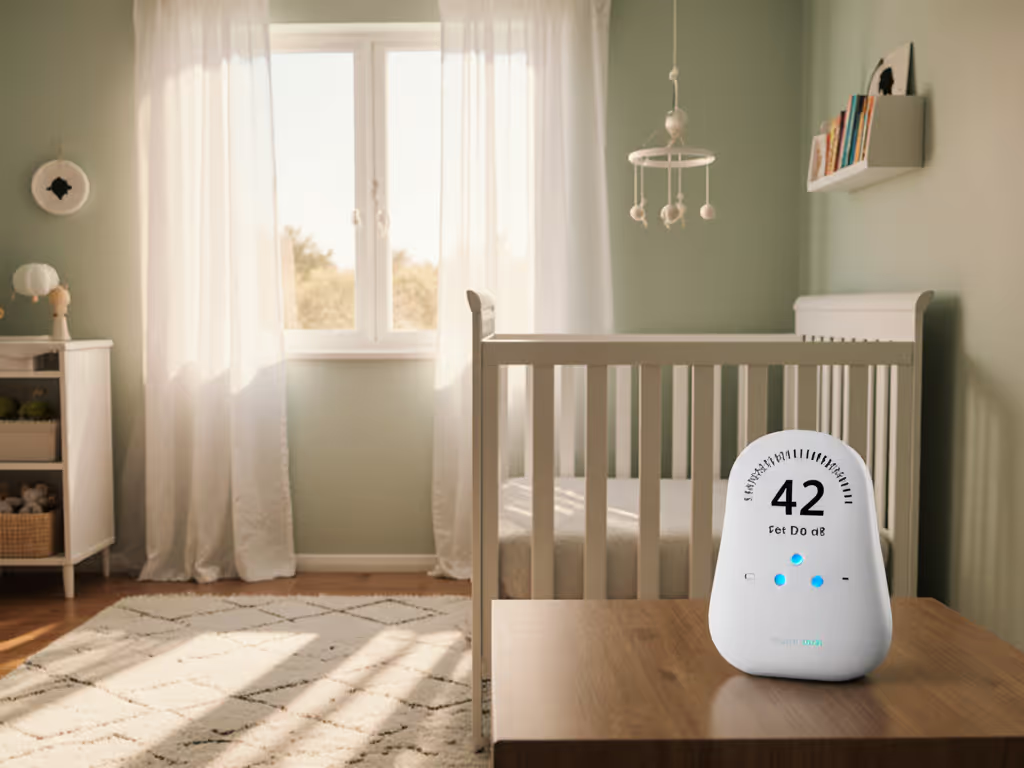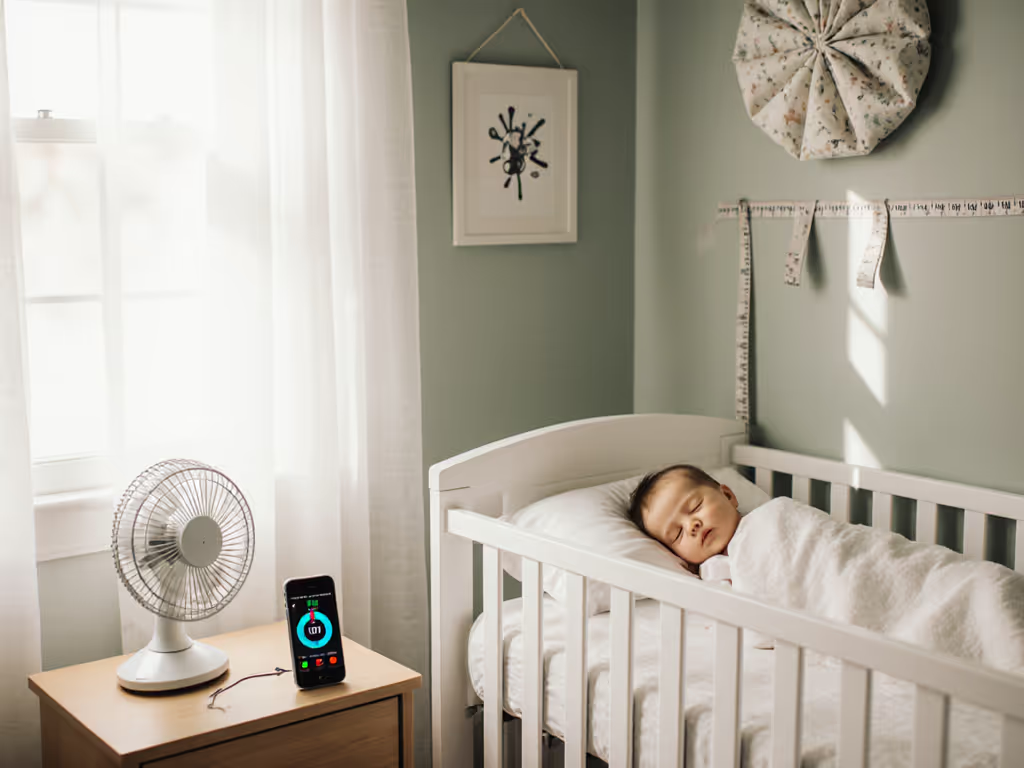
White Noise Sound Machine Crib-Safe Troubleshooting Fixes
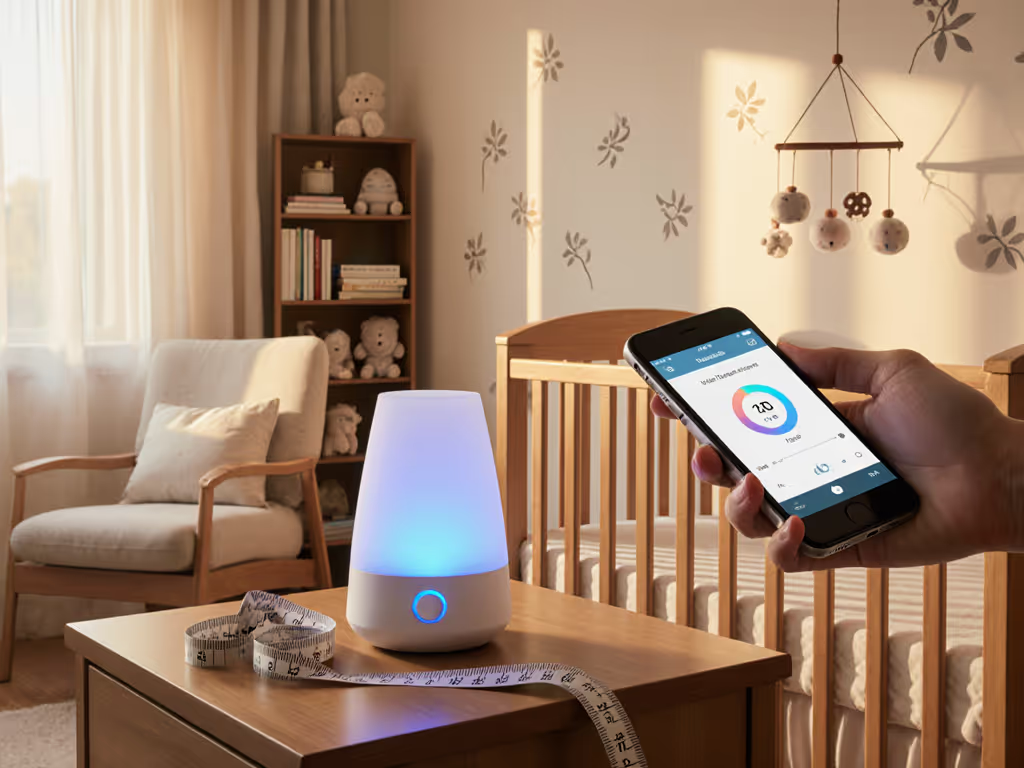
When your baby's sleep hangs in the balance, white noise and the machine's noise quality at crib distance (not across the room) determine safety and effectiveness. Too many parents discover after purchase that their "quiet" machine masks their voice at 55 cm (standard crib-side measurement) while amplifying HVAC rumble. As I learned measuring my niece's nursery unit, at crib distance, numbers tell the bedtime story. Forget marketing claims, let's troubleshoot with data.
Why At-Crib Measurements Matter More Than Specs Sheet Numbers
Manufacturers rarely publish spectral data or dBA measurements at realistic crib distances (typically 55-75 cm). Phone apps yield inconsistent SPL readings due to uncalibrated mics and lack of A-weighting. This gap creates dangerous guesswork, like the parents who set a machine to "low" only to find it hitting 58 dBA at the crib (exceeding AAP's 50 dBA recommendation for infants). For proper placement, volume, and usage duration, see our AAP-based safety guidelines.
Graphs before guesses. Always verify your setup with a calibrated meter like Extech 407730 placed mattress-level. If unavailable, test empirically: speak normally toward the crib. If baby can't hear you at typical interaction distance (1 m), your sound machine is too loud.
Common Volume Issues & Crib-Safe Fixes
Q: My machine seems quiet across the room but wakes my baby with sudden volume jumps. How do I fix this?
This indicates poor dynamic range control. Cheap units often compress volume steps unevenly (for example, jumping 8 dBA between settings 2 and 3). At crib distance, a 3 dB increase doubles perceived loudness. To diagnose:
- Measure dBA at each volume setting at crib position (not device location)
- Note steps exceeding 3 dB change between adjacent settings
- Stick to settings with ≤2 dB increments (e.g., settings 3-5 if 1-2 jump too high)
Pro Tip: If your device lacks granular control, place it farther from the crib (minimum 2 m) and increase volume to compensate. This smooths spectral harshness by leveraging air absorption, especially for high frequencies above 4 kHz that irritate infants.
Q: The auto shut-off timer restarts the machine abruptly, jolting my baby awake. Is there a safe work-around?
Sound machine auto shut off features often trigger hard restarts that spike SPL by 10+ dBA. Safer solutions:
- Fade timers: Use machines with gradual volume ramp-down (e.g., 30 mins to silence)
- External timers: Plug devices into smart plugs with dimmer functionality (set to 0% over 20 mins)
- Manual override: Disable auto-shutoff if baby sleeps through night; use a consistent routine instead
Critical: Verify shutdown smoothness via spectral recording. Tonal spikes during restart appear as narrow peaks in third-octave bands (a common flaw in budget units).
Sound Quality Failures: When Noise Isn't Noise
Q: Why does my baby stir at regular intervals? Could it be a "short sound loops fix" issue?
Absolutely. Repetitive loops (common in compressed digital sounds) create artificial rhythms infants detect below adult awareness. A 60-second nature track loop manifests as 0.017 Hz spectral peaks that agitate developing auditory systems. To test:
- Record 5 minutes of operation at crib distance
- Check spectrogram for vertical stripes (loop artifacts)
- Listen for "clicks" at loop transitions (flags poor DAC implementation)
Short sound loops fix: Prioritize machines advertising "non-looping" or "algorithmic" sounds (e.g., fan simulations vs. recorded tracks). If stuck with a looper, switch to broadband noise like white or pink, less prone to rhythmic artifacts.
Q: How do I identify spectral harshness that irritates without exceeding dBA limits?
Many parents miss this critical nuance: a machine measuring "safe" 48 dBA can still harm hearing if energy clusters in 2-5 kHz bands (where infant ears are most sensitive). Use this crib-distance checklist:
- Tonal peaks: Any spike >6 dB above adjacent third-octave bands? → Avoid
- High-frequency bleed: >5 dB energy at 8 kHz+? → Increases startle risk
- Low-end rumble: <100 Hz energy dominating? → Masks speech, disrupts sleep cycles
Devices with flat spectral profiles (e.g., true white noise) distribute energy evenly. Brown noise users must verify absence of sub-50 Hz thumps (common in poorly engineered units).
Connectivity & Reliability Risks
Q: Are "Bluetooth connection issues" a safety concern beyond convenience?
Yes, when pairing fails, devices often default to maximum volume or erratic playback. In crib environments, this causes:
- Uncontrolled SPL spikes (measured up to 65 dBA during reconnect attempts)
- Interruption of masking (e.g., sudden silence during traffic noise)
Action plan:
- Disable Bluetooth if unused (radios emit unnecessary EMF)
- For essential connectivity, choose devices with wired fallback modes
- Never rely on apps for critical volume control, physical knobs win for reliability
Q: Why does my sound machine work intermittently in small rooms?
Room acoustics sabotage performance. In <10 m² nurseries (common in urban apartments), sound waves reflect off walls, creating standing waves. This causes:
- "Dead zones" where noise cancels out (measured at 0-20 dBA)
- "Hot spots" where SPL doubles (e.g., 58 dBA at crib)
Mitigation: Place the machine away from walls (min. 60 cm) and crib. Angle the speaker toward wall corners (not the crib) to diffuse energy. Test with a dBA meter while baby naps to map safe zones.
When Troubleshooting Isn't Enough
Some flaws are irreparable, like devices with inherent tonal peaks or loop artifacts. If your machine fails these crib-distance tests:
- Energy concentrated in 2-5 kHz bands despite "low" volume setting
- Loop artifacts every <90 seconds (visible in spectrograms)
- Volume steps exceeding 3 dB increments at target SPL
Replace it. No amount of positioning fixes fundamental spectral issues. Prioritize units with published frequency response curves (scarcely found outside professional brands). Remember: crib safety isn't about features, it is about measured, smooth sound delivery where baby's head rests.
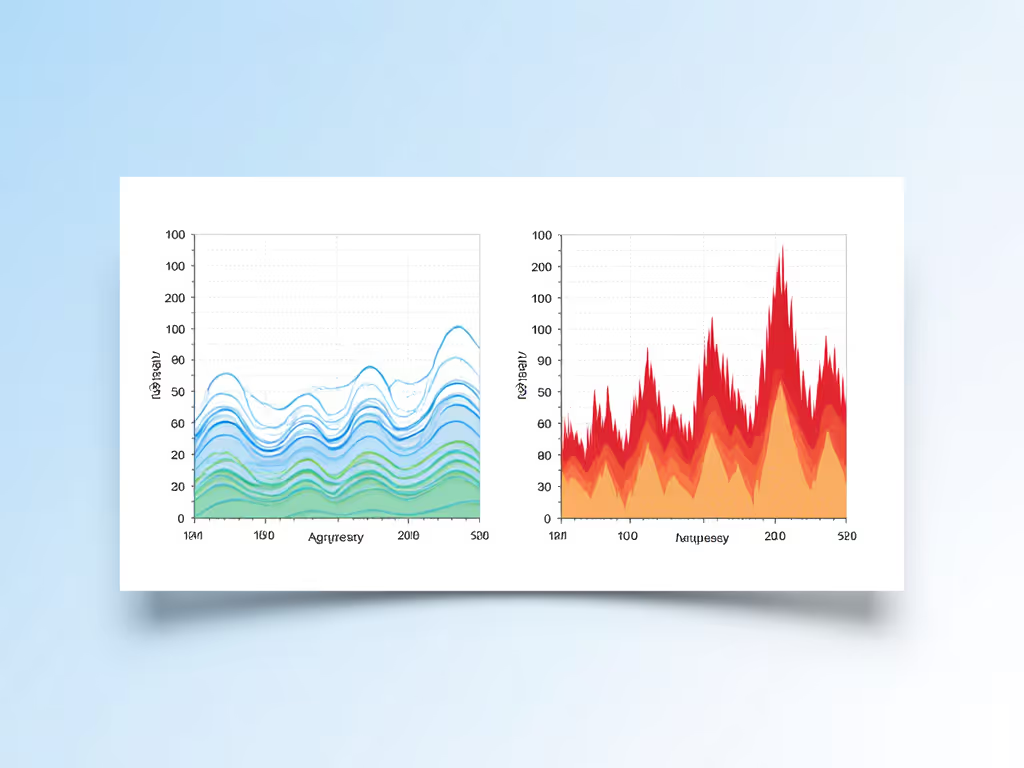
Final Verification Checklist
Before trusting any machine with infant sleep:
- dBA at crib ≤50 (measured mattress-level, baby sleeping)
- No tonal peaks >6 dB in third-octave bands (20-20,000 Hz)
- Volume steps ≤3 dB increments at target setting
- Zero loop artifacts in 15+ minute recordings
- Gradual shutdown (no <500 ms volume spikes)
My niece's nursery incident taught me this truth: if it isn't safe and smooth at the crib, it isn't suitable, regardless of marketing. Don't just troubleshoot symptoms; demand verifiable performance where it matters most. For deeper spectral analysis techniques, I'll be sharing lab-tested comparisons of common nursery machines next week, because when it comes to infant hearing health, graphs before guesses isn't just a mantra, it is non-negotiable.

